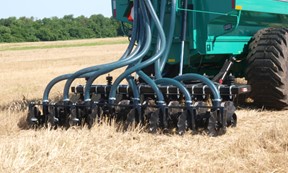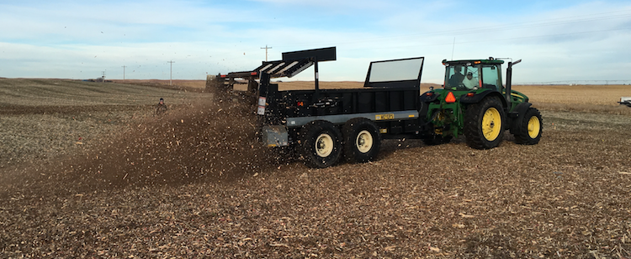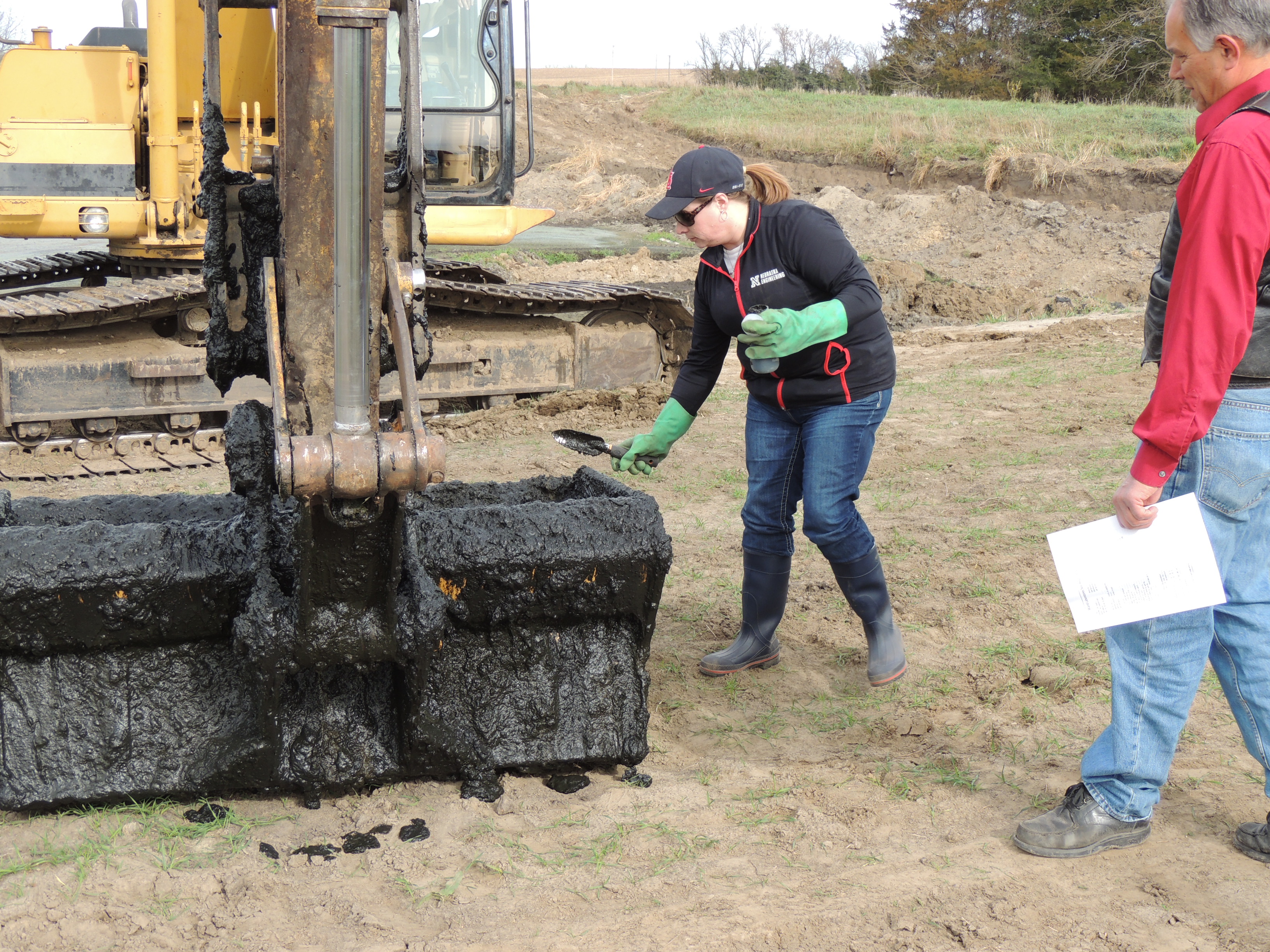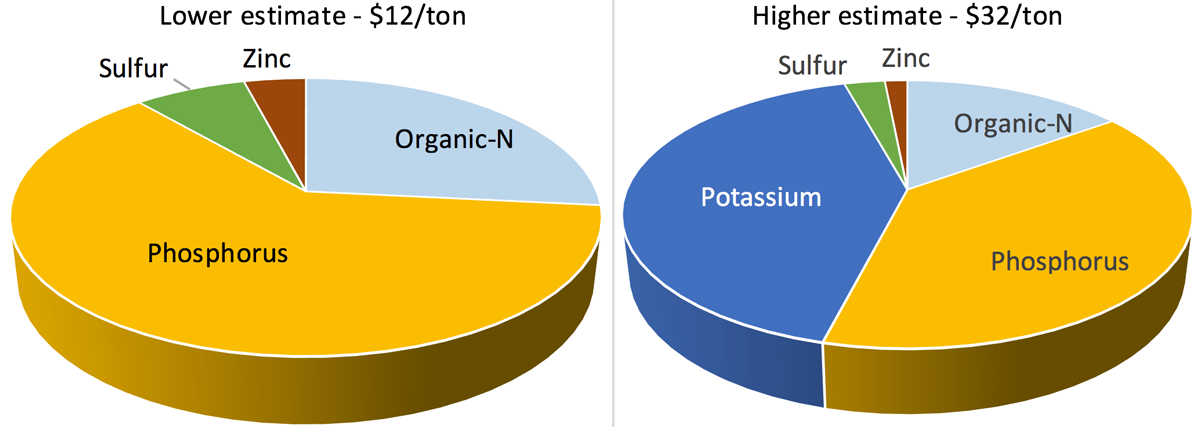Agricultural Production
Animal Manure Management
Animal Manure Management
Recycling local manure nutrients before purchasing fertilizer is key to protecting the environment. Manure can be an economic “Win”, due to its fertility value, and a soil quality “Win”, due to its organic matter. But it can also be a community risk, due to odors and pathogens. Our live educational programs, online courses, and resources provide science-based information on economically viable, environmentally sound manure handling systems that also comply with all regulations.
Sign up for updates from UNL Water






